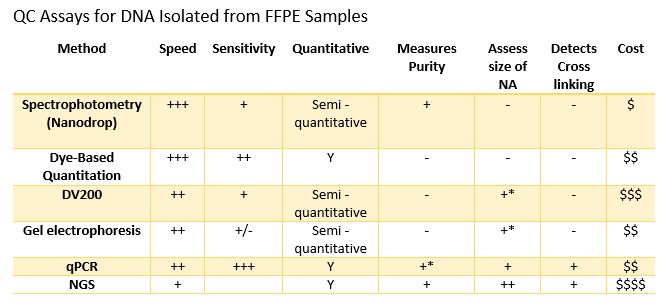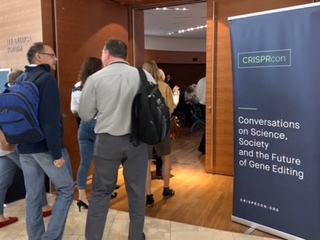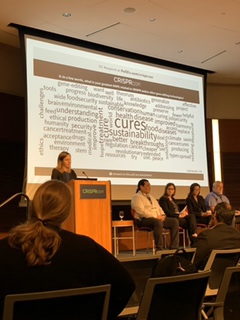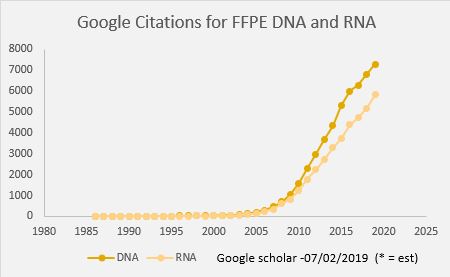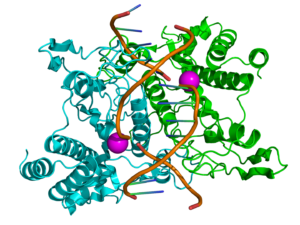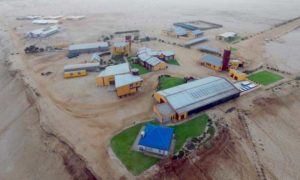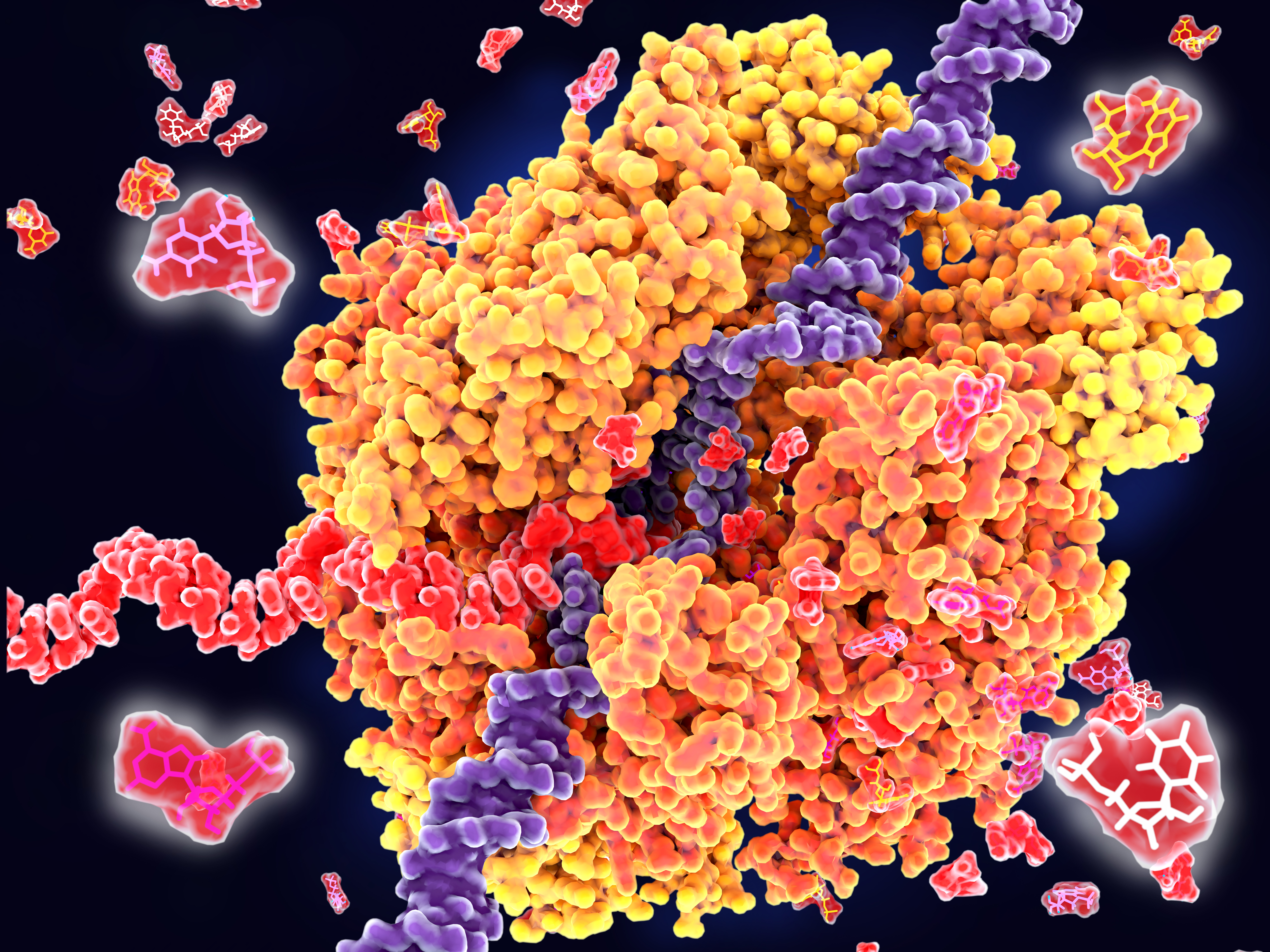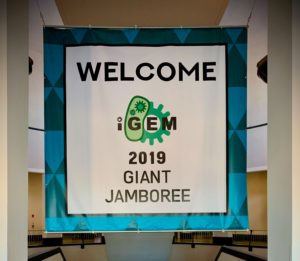
After attending the iGEM Giant Jamboree last year and being completely blown away by the projects presented (check out this article or this one), I didn’t think I’d be as astonished this year. I attributed part of the awe I felt over the caliber and quality of the projects to my wide-eyed naiveté, having never attended the event before. The second time around, the “first-time” novelty long worn off, I didn’t expect to feel that same level of amazement.
I couldn’t have been more wrong.
After three days of impressive presentations, I once again felt that same astonishment as I prepared to watch the presentations of the 6 finalists. With good reason—the projects presented by the six finalists completely blew my mind!
Continue reading “The Future of Synthetic Biology: A Recap of iGEM 2019”